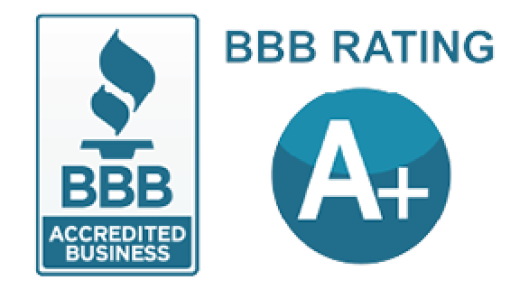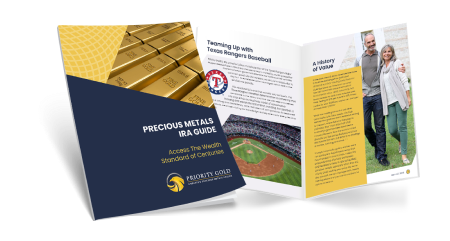Stocks Could Fall during the upcoming 18 Months
By Ryan Vlastelica | April 9, 2018, 10:44 a.m. EST
Considering the potential bottom in three types of market decline

The U.S. stock market has seen extreme volatility over the past two months, as investors grapple with the prospect of a trade war, potential regulation for large-capitalization internet companies, and changing monetary policy from the Federal Reserve.
No doubt, many investors are wondering how bad things could get, and how far the market could reasonably fall. According to one analyst, the level where the S&P 500SPX, +0.33% could bottom depends on what kind of selloff Wall Street sees. But in any of three potential paths, more pain can be expected ahead.
Nicholas Colas, co-founder of DataTrek Research, offered three downward scenarios that the equity market could take: a sudden crash, akin to October 1987, where stocks drop sharply over a short period; a “slow motion train wreck” where the time until the bottom is longer but daily losses along the way are shallower; and a “catalyst-driven price reset,” as investors fret that a recession could be on the way, even if one doesn’t materialize.
Colas emphasized that “we are not expecting a U.S. equity market crash or even a snarly bear market,” but admitted, “There’s no sense in denying the obvious—U. S. equity markets feel shaky.”
Don’t miss: Why the Fed is ‘Public Enemy No. 1’ for the stock market
The first scenario, an abrupt crash, may sound worse than it would end up being, he wrote in a research report. He noted that after 1987’s Black Monday—still the single-largest one-day percentage drop for the Dow Jones Industrial Average DJIA, +0.19%ever—stocks still closed higher for the year, and ended up nearly 10% from the low of that crash.
Colas used Black Monday as a guide, calculating that at the close of trading on that day, the S&P 500 had a forward price-to-earnings ratio of 9.3 while the U.S. 10-year Treasury note TMUBMUSD10Y, +0.06% yielded 8.9%. He added the P/E to the yield, for a total of 18.2, which he said could be used as a proxy for measuring the valuation of the two markets. Currently, the 10-year yields around 2.80%, so to reach the same combined valuation, the S&P’s P/E would have to drop from its current level of about 16 down to 15.4.
In order for the S&P to reach that P/E, the benchmark index would have to fall to 2,187, which Colas dubbed a “1987-style low.” Based on Friday’s close, that hypothetical bottom would represent a drop of 16%, and a drop of nearly 24% from the S&P’s record high, which would be enough to put the S&P into bear-market territory. “Not great, but hardly awful either,” Colas wrote—particularly compared with the other prospects.
The second scenario he considered was based around the cyclically-adjusted price-to-earnings (CAPE) ratio, which compares stock prices with corporate earnings over the past 10 years. Currently, the S&P 500 has a CAPE of 31.88, a rate that is eclipsed only by the dot-com era, and nearly double the mean reading of 16.8, going back to the 1880s.
Reverting back to that mean—or returning to the historical average—would take the S&P 500 down to 1,646, or a stomach-churning drop of 36.8% (42.7% from the record).
“If it is any solace, the last time the index was at these levels was September 2013,” he wrote. “We’d be giving up several years of gains, but at least the S&P 500 would still be above the old 1,500 double top of 2000 and 2007.”
Read: Do stocks or bonds offer the better value over the coming decade?
Colas estimated that such a move would take 12-18 months to fully play out, though he reiterated that he didn’t view this outcome as likely.
The third scenario—where stocks are discounted for the prospect of a recession in the coming two years—“feels the most logical right now, if only because the US Treasury yield curve continues to flatten,” he wrote. The yield curve refers to the line plotting yields across all Treasury maturities, shortest to longest. Because debtholders tend to demand a higher yield, or premium, for lending for a longer period that curve usually slopes upward. However, a flattening curve, or narrowing premium, has been viewed as ominous, suggesting that investors maintain a less-than-sanguine outlook.
In the calculations, DataTrek said recessions typically reduce corporate earnings by an average of 20-30% from the recession’s peak before its trough. Assuming the index’s multiple remains the same, such a drop from today’s levels—coming at a time when S&P 500 earnings are seen growing 17.3% in the first quarter, the fastest such pace in seven years—would give the S&P a fair value between 1,776 and 2,106. The midpoint of that range, 1,941, represents downside of 25.5% from Friday’s closing price.
“We should emphasize that none of these scenarios is anything close to our base case,” he wrote, but “it makes sense to plan if only to understand the downside through the lens of preparation rather than the rearview mirror of regret.”















